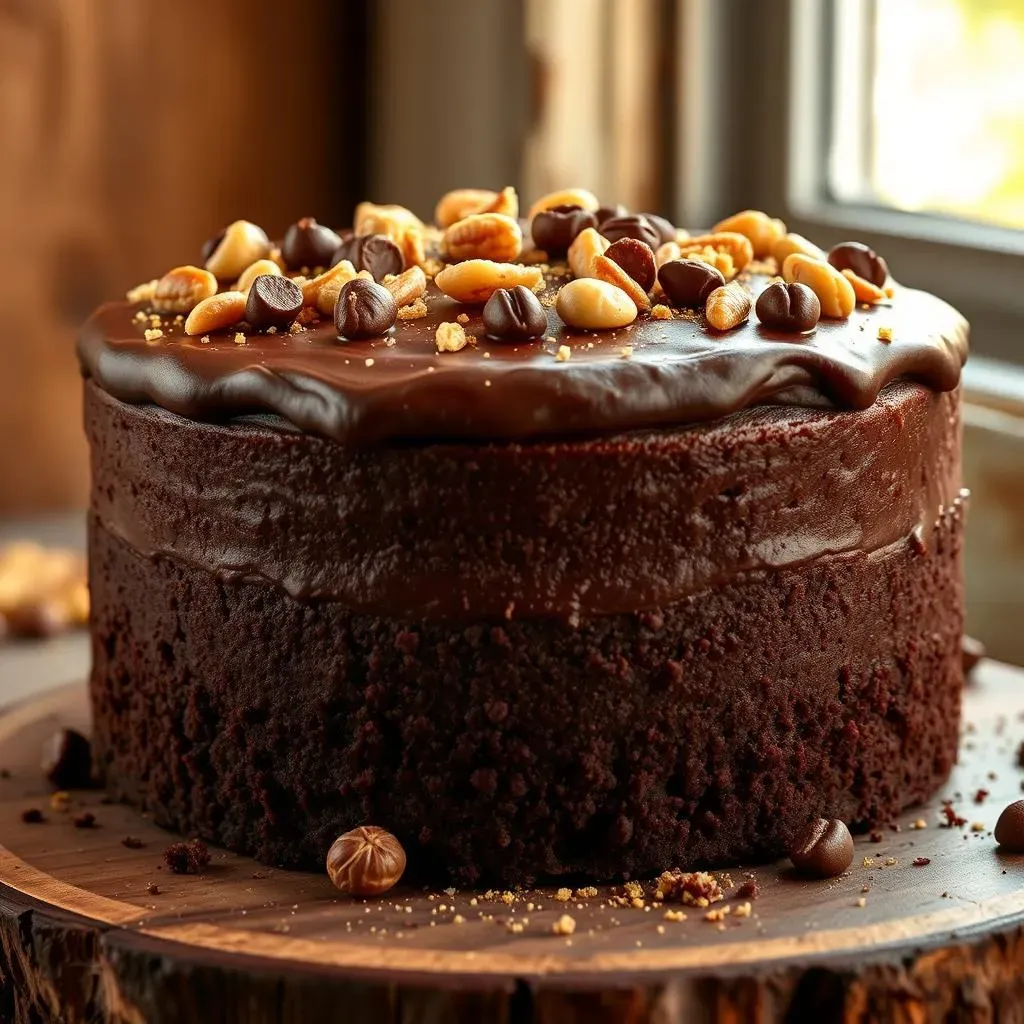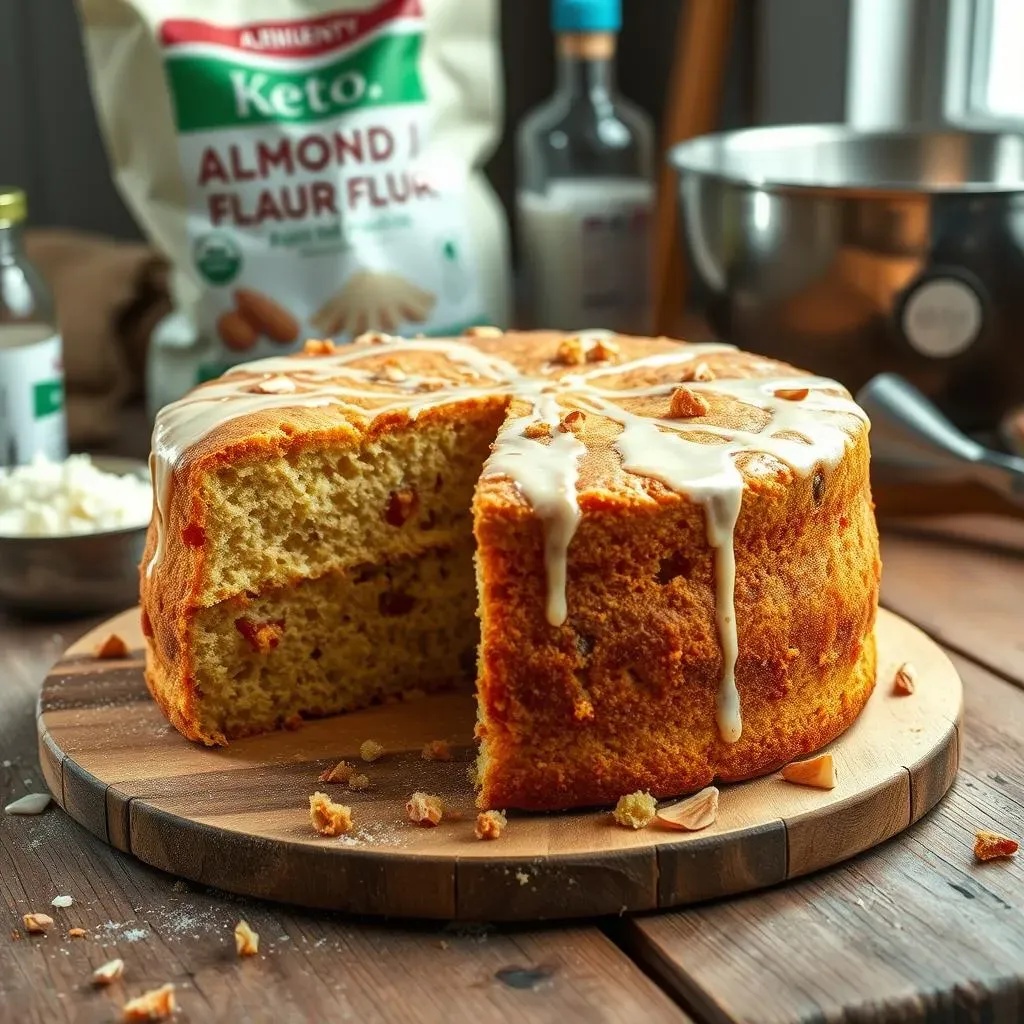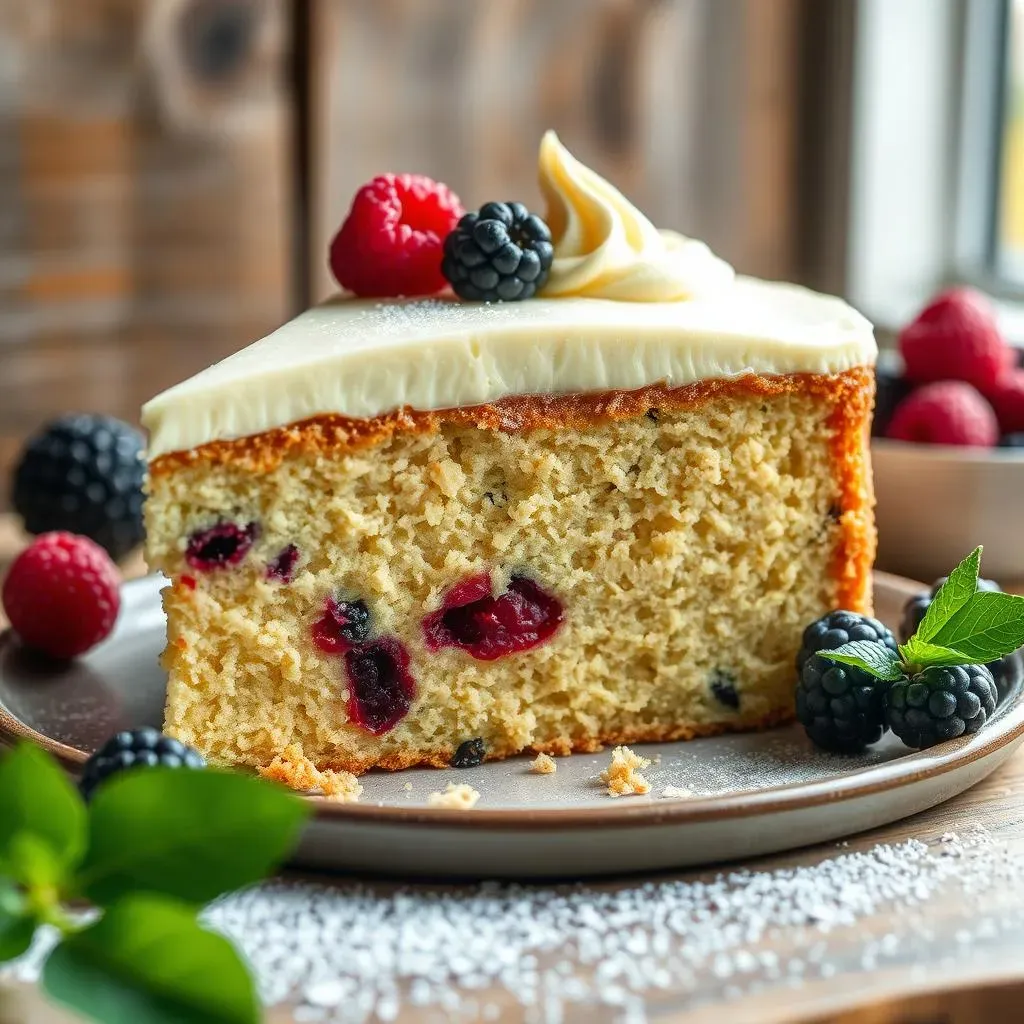Table of Contents
Craving cake but sticking to your keto diet? The question, "Can you make a keto cake?", is a delicious one, and the answer is a resounding YES! This article is your ultimate guide to baking mouthwatering, low-carb cakes that won't derail your progress. We'll explore simple, yet effective keto cake recipes, perfect for beginners and experienced bakers alike. Get ready to discover the secrets to creating fluffy, moist, and intensely flavorful cakes using alternative flours and sweeteners. We'll cover essential baking techniques to ensure your keto cake is a success every time. Beyond basic recipes, we'll also explore creative variations, addressing common questions and concerns. Whether you're a keto newbie or a seasoned pro, prepare to expand your baking horizons and enjoy guilt-free indulgence. Let's dive in and answer that burning question: Can you make a keto cake? Absolutely!
Delicious Keto Cakes: Recipes You Can Make
Delicious Keto Cakes: Recipes You Can Make
The Classic Keto Chocolate Cake
Let's start with a crowd-pleaser: the keto chocolate cake. This isn't your grandma's chocolate cake (unless your grandma was a low-carb baking ninja!). We're talking rich, decadent, intensely chocolatey goodness, all while keeping those carbs low. The secret? Almond flour forms the base, providing a lovely texture without the hefty carb load of traditional wheat flour. Sweeteners like erythritol or monk fruit add sweetness without the blood sugar spike. Think of it as a delicious rebellion against carb-heavy desserts.
A good keto chocolate cake recipe relies on the right balance of fats and sweetness. Don't be afraid to experiment with different cocoa powders – dark cocoa will give you a more intense chocolate flavor. A touch of espresso powder can deepen the chocolate notes even further. Remember, a good keto chocolate cake should be moist and fudgy, not dry and crumbly.
Ingredient | Purpose |
|---|---|
Almond Flour | Provides structure and texture |
Erythritol/Monk Fruit | Sweetener |
Cocoa Powder | Chocolate flavor |
Unsweetened Applesauce | Moisture and binding |
Keto Vanilla Cake: A Lighter Option
If you're not in the mood for chocolate, a keto vanilla cake is a fantastic alternative. The vanilla flavor profile allows the sweetness to shine, making this a perfect dessert for those who appreciate a more subtle, elegant sweetness. Again, almond flour is your best friend here, creating a light and fluffy cake that's surprisingly satisfying. You can easily add extracts like almond or lemon for extra flair. Don't underestimate the power of a simple vanilla cake – it's a blank canvas for creative frosting!
For a truly delightful twist, consider adding vanilla bean paste to the batter. The tiny flecks of vanilla bean will add a touch of elegance and visual appeal to your keto vanilla cake. A light and airy cream cheese frosting would pair perfectly with this delicate cake. Remember, the key to a good vanilla cake is achieving a perfect balance of moisture and sweetness. Too much sweetener, and it'll be cloying; too little, and it'll taste bland.
- Use high-quality vanilla extract
- Don't overmix the batter
- Let the cake cool completely before frosting
Beyond the Basics: Exploring Keto Cake Flavors
Once you've mastered the basics of keto chocolate and vanilla cakes, the possibilities are endless! Think about incorporating other keto-friendly ingredients to create unique and exciting flavor combinations. Lemon poppy seed keto cake? Absolutely! Keto carrot cake with cream cheese frosting? Why not! The beauty of keto baking is the flexibility it offers. You can experiment with different spices, extracts, and even add keto-friendly fruits like berries for extra flavor and texture.
Remember to always check the carb count of any added ingredients to ensure they fit within your keto macros. Don't be afraid to get creative and have fun with it. The goal is to create delicious keto cakes that you’ll actually enjoy, not just tolerate. After all, a keto diet shouldn't be synonymous with bland, boring food.
Mastering Keto Cake Baking: Tips and Tricks
Mastering Keto Cake Baking: Tips and Tricks
The Importance of the Right Flour
So, you're ready to tackle keto cake baking? Fantastic! But before you even think about whipping out the mixer, let's talk about the foundation of any good keto cake: the flour. Forget all-purpose; we're going low-carb. Almond flour is your go-to. It's got a delightful, slightly nutty flavor that complements many cake recipes beautifully. However, not all almond flours are created equal. Some are finer than others, influencing the final texture of your cake. A finer grind usually results in a more tender crumb. Experiment to find your favorite brand and grind.
Coconut flour is another option, but it's much more absorbent than almond flour. This means you'll need to adjust liquid ratios accordingly in your recipes. Using too much coconut flour can result in a dry, dense cake. If you're using coconut flour, start with less than the recipe calls for and add more gradually until you achieve the desired consistency. It's a bit of a learning curve, but the results are worth it!
Flour Type | Characteristics | Best For |
|---|---|---|
Almond Flour (fine) | Tender crumb, slightly nutty | Delicate cakes, muffins |
Almond Flour (coarse) | More texture, slightly denser | Cakes with added nuts or seeds |
Coconut Flour | Very absorbent, requires careful liquid adjustment | Denser cakes, where a slightly drier texture is desired |
Sweetener Selection: Beyond Sugar
Sweetener Selection: Beyond Sugar
Now, let's talk sweetness. Forget granulated sugar; we're going keto-friendly. Erythritol and monk fruit are popular choices, both offering a sweetness comparable to sugar without the carb overload. Erythritol has a slightly cooling effect, while monk fruit boasts a more intense sweetness. Experiment to find your preferred choice—or even combine them for a balanced sweetness. The key here is to taste as you go. Start with less sweetener than the recipe suggests, and add more incrementally until you reach your desired level of sweetness.
Remember, different sweeteners have different levels of sweetness and may react differently in baking. Some sweeteners might leave a slightly aftertaste, so carefully select your options. It's also wise to use a high-quality sweetener for the best results. Don't be afraid to experiment with different combinations to find the perfect balance of sweetness and flavor for your keto cakes. The right sweetener can truly elevate your cake from good to great!
- Erythritol: Mildly sweet, cooling aftertaste
- Monk Fruit: Intensely sweet, minimal aftertaste
- Stevia: Very sweet, slightly bitter aftertaste (use sparingly)
Baking Techniques for Keto Success
Finally, let's address some baking techniques specific to keto cakes. Because we're using alternative flours, the baking process might differ slightly from traditional baking. One common issue is dryness. To combat this, ensure your batter is well-hydrated. Use a good quality, high-fat liquid such as unsweetened applesauce or full-fat coconut milk. These ingredients add moisture and richness without significantly impacting the carb count. Also, don't overbake! A slightly underbaked cake is often moister and more tender than one that's been overbaked.
Overmixing the batter can also lead to a tough cake, so mix only until the ingredients are just combined. Using a toothpick test to check for doneness is crucial; if it comes out clean, your cake is ready. If it's still wet, give it a few more minutes. Remember, patience is key in baking—especially keto baking. Take your time, follow the instructions carefully, and don't be afraid to experiment. With practice, you'll become a keto cake master in no time!
Can You Make a Keto Cake? Beyond the Basics: Variations and FAQs
Can You Make a Keto Cake? Beyond the Basics: Variations and FAQs
Vegan Keto Cakes: Sweetness Without the Dairy
So, you're vegan and keto? Don't think you're missing out on cake! You can absolutely create delicious vegan keto cakes. The key is substituting dairy-based ingredients with plant-based alternatives. Instead of butter, use vegan butter or coconut oil. For eggs, consider flax eggs (ground flaxseed mixed with water) or applesauce as binders. Many vegan keto recipes utilize coconut flour or almond flour as a base, creating a moist and delicious cake that's surprisingly similar to traditional versions.
Remember to pay close attention to the ingredients you choose. Not all vegan products are created equal when it comes to carbs. Always check labels and make sure your ingredients fit within your keto macros. Experimentation is key! Don't be afraid to try different combinations of vegan ingredients until you find your perfect vegan keto cake recipe. The possibilities are as vast as your creativity.
Dairy Ingredient | Vegan Substitute |
|---|---|
Butter | Vegan butter, coconut oil |
Eggs | Flax eggs, applesauce |
Milk | Unsweetened almond milk, coconut milk |
Gluten-Free Keto Cakes: Flour Power Alternatives
Many keto recipes are naturally gluten-free, as they often rely on almond flour or coconut flour. However, if you have a severe gluten intolerance or follow a gluten-free diet, double-check your ingredients to ensure they are certified gluten-free. Cross-contamination can be a concern, so be mindful of your preparation environment and tools. A good quality gluten-free almond flour or coconut flour will be key to a successful gluten-free keto cake. The texture might be slightly different than a traditional cake, but the taste will still be amazing!
Don't be afraid to experiment with other gluten-free flour alternatives like sunflower seed flour or tigernut flour, but remember to adjust the recipe accordingly as these flours have different absorption rates. Always start with less flour than the recipe calls for and add more gradually until you achieve the desired consistency. A successful gluten-free keto cake is proof that deliciousness and dietary restrictions can coexist beautifully. Embrace the challenge and discover new flavors!
- Use certified gluten-free flours
- Avoid cross-contamination
- Adjust liquid amounts as needed
Troubleshooting Common Keto Cake Issues
Even the most experienced bakers encounter hiccups. Let's address some common issues when baking keto cakes. Dry cakes are a frequent complaint. This often stems from using too much coconut flour or not enough liquid. Next time, add a bit more moisture with unsweetened applesauce or full-fat coconut milk. Conversely, a gummy or dense cake might mean you've used too much liquid or not enough flour. Adjust the ratios in your next attempt. Remember, practice makes perfect!
Sometimes, your keto cake might not rise as expected. This could be due to improper leavening agents or an improperly calibrated oven. Ensure you're using fresh baking powder or baking soda, and always preheat your oven to the correct temperature. A kitchen thermometer can be a lifesaver here! Finally, don't be discouraged by occasional setbacks. Baking is a science, and sometimes even the best bakers experience unexpected results. Learn from your mistakes, adjust your techniques, and keep experimenting. The perfect keto cake awaits!
